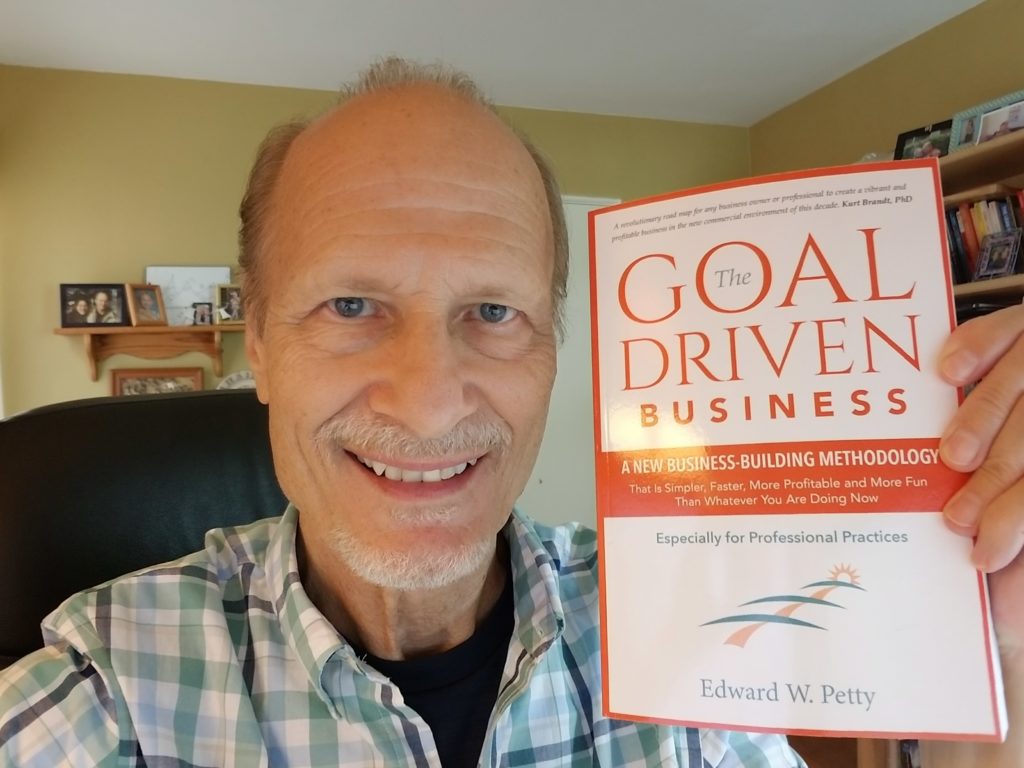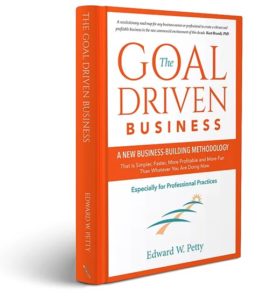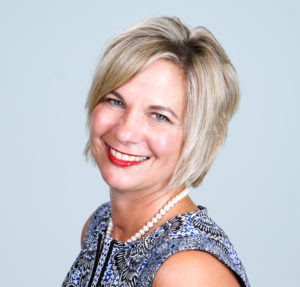
I am all for seminars. Been to many myself. I know I have gotten useful information and, no doubt, have benefited from them.
But, their usefulness is often wasted.
I just talked to a business owner that came back from a seminar he and his doctors and staff attended. He told me that they have started hitting their best-ever weekly numbers. His office manager told me that everyone is excited.
For now.
I have seen it time and time again… go to a seminar, get stoked, come back, numbers go up for a month or so, and then everything returns to how it always was. In essence, the seminar was only a short-term, “acute care” fix that addressed symptoms. Nothing was really improved or corrected.
There is a solution on how to benefit the most from seminars. I discuss it in my book, The Goal Driven Business, from which most of this article is quoted from. The following is a story related to me from a chiropractic staff member a few years back:
“Our office was really slowing down last year. So, the owner decided to take everyone out of town to a weekend business seminar. The speakers discussed new and efficient methods for doing our work. It was entertaining and informative. Plus, we also gained some great marketing ideas. It was a fun seminar, so we were all excited when we returned to work after the weekend.
“On Monday, we agreed to get together at lunch to discuss how to implement what we learned. Some staff members had to take care of urgent matters first, so our lunch meeting started 30 minutes late. Once we finally got together in the break room and started eating, we began a good meeting, but then customers begin arriving for their afternoon appointments. We had to call the meeting to an end without getting through very much of our agenda, but we agreed to continue the meeting the following week. Turns out, we never did meet again about the seminar.
“But we were still pretty motivated from the out of town trip to the seminar and, as I recall, we had one of our best months ever. It’s my job to clean the break room and, after a few months, I noticed that the binders of information we received at the seminar were never opened; so I stored them for future reference. Now it is almost a year later, and everything is pretty much back to the way it was before we went to the seminar. Some of us are a little burned out and I don’t think we ever did implement anything from that seminar.”
Sound familiar?
I bet it does. I have seen it play out almost exactly the same way countless times. Starting, and not following through. No management and marketing system is set up, and no time scheduled to ensure the system is followed, and no lasting improvement is realized.
And I am sure, for most of us, this phenomenon applies to our personal lives as well. For instance, how is your exercise program coming along? Hmm? You’ve set goals to work out more often and eat better, right? To work ON your body, not just in it. Yet, my guess is it’s been pretty hit and miss.
We want to improve, we make improvement goals, but what happens? Why can’t we achieve them? Consistently. Is it that we’re all too busy? Too lazy? There seems to be no solution, so we accept our condition and do our best.
Yet, there IS a solution, and it’ll seem like science fiction—but, it’s actually a science fact.
The Goal Driven System of Business Development covers 20 Big Shifts, or actual office adjustments, that need to be made to reach your goals — and stay there. It takes you out of the Practice Roller Coaster that forces you to finally “settle” and accept a lower level of success because the stress of the ups and downs becomes too much.
Here’s how to get the most out of seminars from The Goal Driven Business.
 “BIG SHIFT #1: Introducing the Goals Lab
“BIG SHIFT #1: Introducing the Goals Lab
You can’t improve your car while you’re speeding down the freeway. You must take it to a mechanic at a garage. Athletes and musicians alike spend time away from their audience to practice their game skills or their music, always improving their performance. Businesses need to do this as well. But where? And when?
The answer is you need to create a Goals Lab where you go to work on your business.
Your Goals Lab is a special place, a laboratory, an oasis for change. Here, you can think, study, learn, practice, become inspired, and have conversations. Here is where you go to reset your thinking and improve your actions—and the actions of others in your office as well.
I call it the Goals Lab, but you can give it another title, if you wish. Whatever you call it, this is the first Big Shift you’ll take on your journey to achieving your new goals.

Why do you need a Goals Lab? Because you simply cannot focus on the other Big Shifts when you are in your office, juggling customers, staff, bills, phone calls, emails, vendors, and everything else that consumes your energy and brainpower.
Management companies and consultants may have advised you to work on your business, not just in it. While the idea of working on your business, as opposed to in it, is a clever and useful concept, I have rarely seen it applied consistently or comprehensively. Why? Because real business improvement can be more demanding than meets the eye. It is a separate activity that requires its own distinct time and place, and it has its own rules which must be followed to be effective.
I use the term Goals Lab because it is a virtual location that you visit to improve business performance. As an example, you spend most of your time with your car driving it. But you also take time to take your car to a special place where you let a mechanic work on it.
Not knowing about this place, this Goals Lab, its rules, and how it operates, is a fundamental reason why all your management books, marketing manuals, and practice improvement notes from seminars rarely get implemented.
Your Goals Lab has been mostly hidden from you. It almost has a fourth-dimensional location, which is outside the time and space continuum.”
Why don’t we spend more time on improving the business, not just working in it?
This is the real question, and it is answered in the book, The Goal Driven Business. You can read about it now, or wait for my next article where I explain WHY business improvement is so difficult and what to do about it.
Meanwhile, keep improving.
Ed
Learn more about book and get it here: https://www.GoalDriven.com
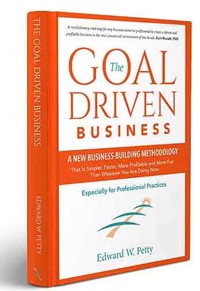


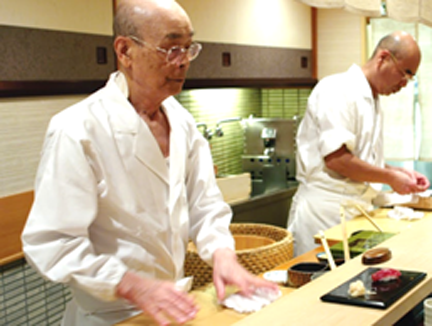
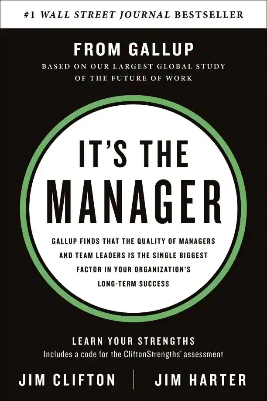




 How to be happier and more prosperous
How to be happier and more prosperous



 “
“


